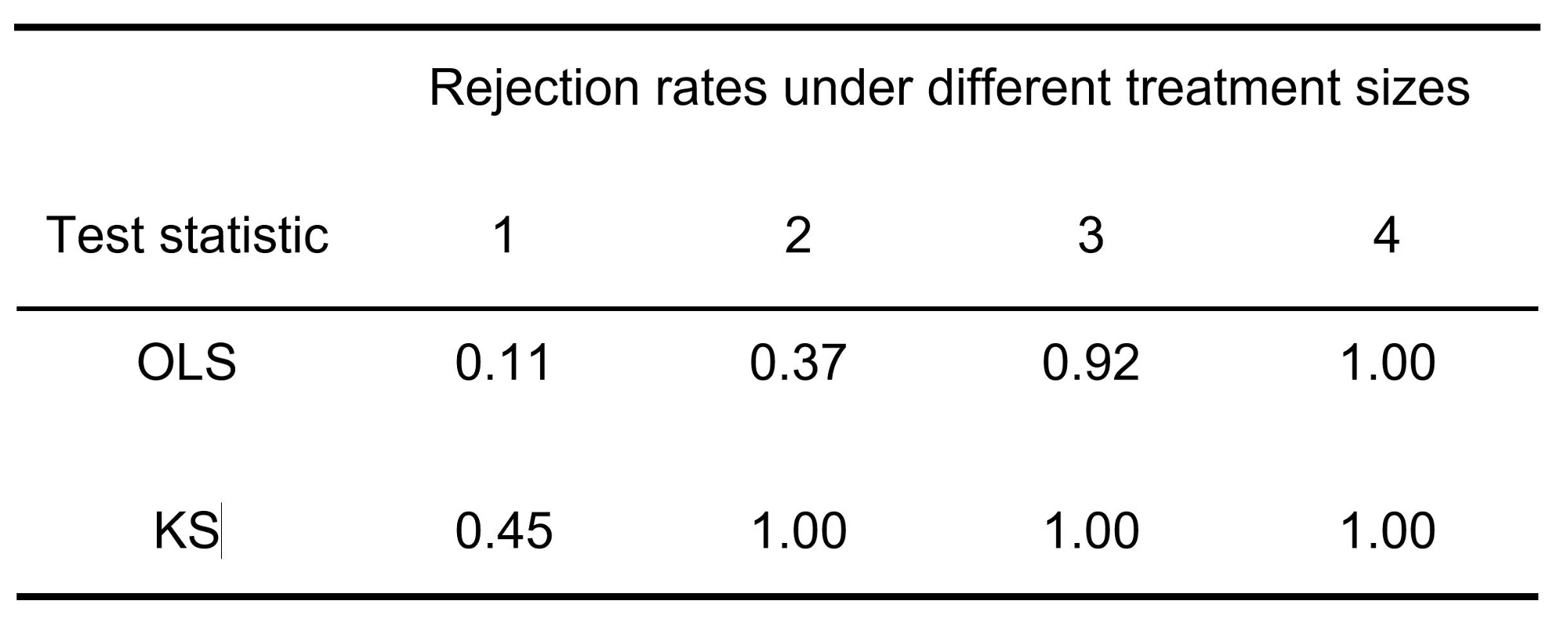‘Social protection for inclusive development’ is a timely topic. The G20 ‘Seoul Development Consensus (2010)’, identified growth with resilience as a key pillar. Furthermore, the recent prevailing uncertainty (economic, political and environmental) reinforces the needs for measures, such as social protection, to both safeguard as well as promote development. More broadly, a consensus is emerging that social protection is an important instrument in supporting progress towards inclusive growth and the Millennium Development Goals (MDGs), especially in those situations (covariate shocks, imperfect markets) where remittances and other private safety nets might be insufficient (see Nyarko).
The session Social protection for inclusive growth (based on contributions to the European Report on Development 2010) reviews new generation programmes, emphasising reasons for success and failure. It highlights the features which make social protection possible, affordable and feasible even in low-income countries. Evidence presented shows that social protection programmes can mitigate risks and reduce chronic poverty and vulnerability without producing significant distortions or disincentives (Klasen on South Africa). Besides South Africa and the well known cases of Brazil, Mexico, other recent programmes have been effective in reducing poverty and inequality (cf Table 1 and ERD 2010 for evidence).
Implementation of successful social protection programmes however requires some fiscal space, and programmes need to be made sustainable through clear and enforceable criteria. In addition, institutional and administrative capacity must be adequate; hence, if it is low, programmes need to be simple. Success also requires inter-ministerial and inter-sectoral capacity building and teamwork to enhance synergies with other social and economic policies. The session highlights the importance of domestic political commitment and incentives for leaders, key to almost all successful schemes.
Of course such features are not equally available in all developing countries. Despite high heterogeneity, the session suggests that in many low-income countries, some simple programmes – e.g. non-contributory social pensions, child benefits – are feasible, particularly when using technologically-innovative cash-delivery systems to avoid targeting errors, cut costs and speed up delivery. Programmes can also be fiscally sustainable, and usually have few disincentive effects. Furthermore, they can garner broad political support. Over time, as the experience of South Africa and China shows (Klasen and de Haan), when countries build up domestic resources, more complex administrative arrangements, including co-ordinated packages, become feasible. In the longer term, even low income countries can build on simple programmes to create a platform for social protection. Such a social-assistance-based platform must be consistent with a strategy to move progressively to a system based predominantly on domestic financing – either through the tax system, or some form of contributory social insurance, or combining the two (Klasen discusses some pitfalls for South Africa). Finally, learning from good practices and mistakes is key, but programmes cannot merely be replicated; they have to be adapted to local circumstances.



Join the Conversation